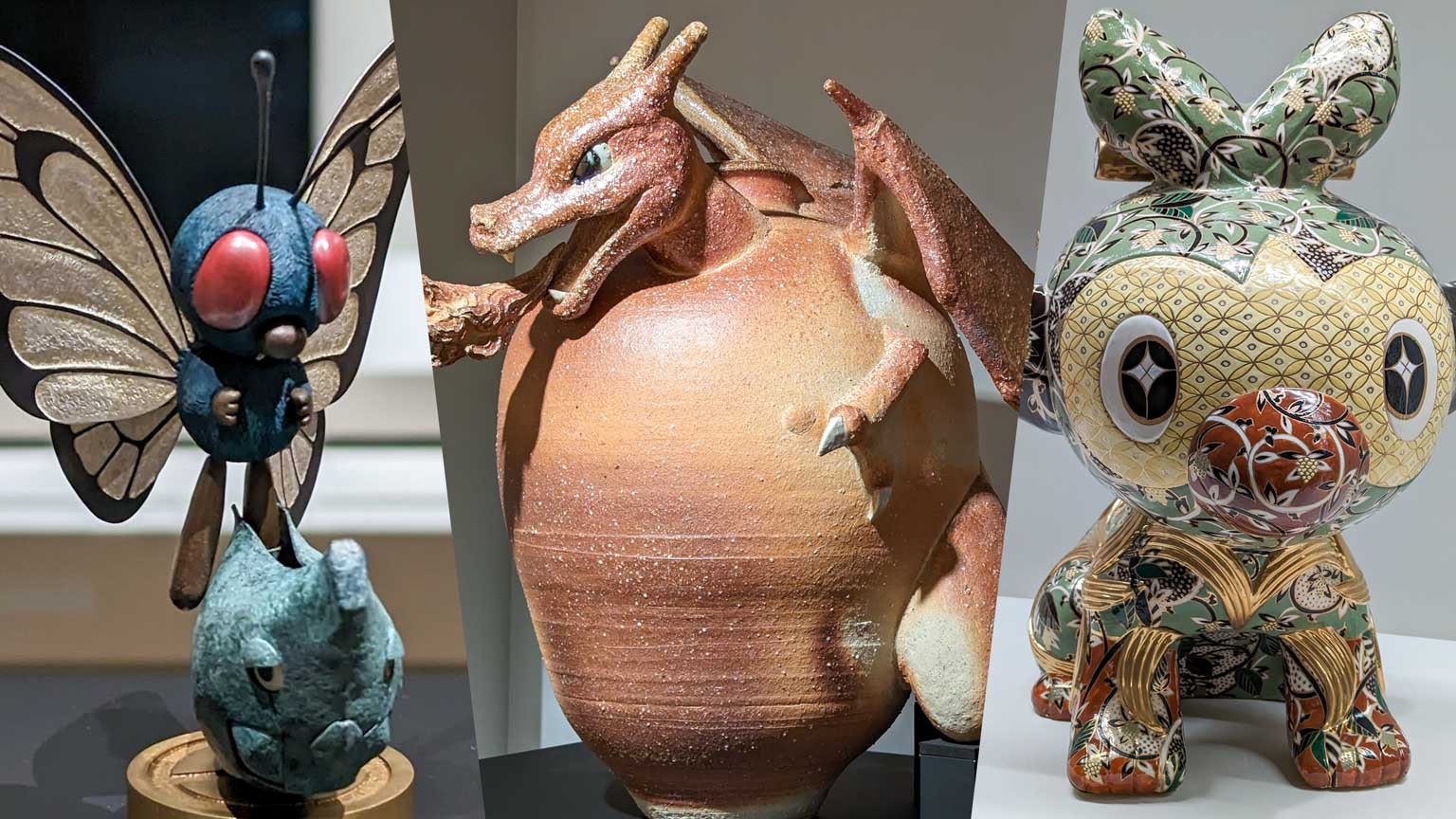
Heartbeat of Japanese craft
During the Edo period, Ishikawa Prefecture was an affluent area that invited Kyoto artisans from various fields to visit in the hope their crafts would take root there. Even now, it is one of the few areas where all the tools used in the tea ceremony are made locally. The region is still home to several educational craft institutions that regularly turn out new practitioners. That heritage is a major reason why the National Crafts Museum moved from Tokyo in 2020.
Pokémon transformed
The exhibition features about 70 works from 20 artists, who range from young newcomers to a living national treasure, working in fields such as ceramics, metalwork and glass.
Artist Sudo Reiko created about 900 delicate lace ribbons in Pikachu shapes and hung them to look like a forest.
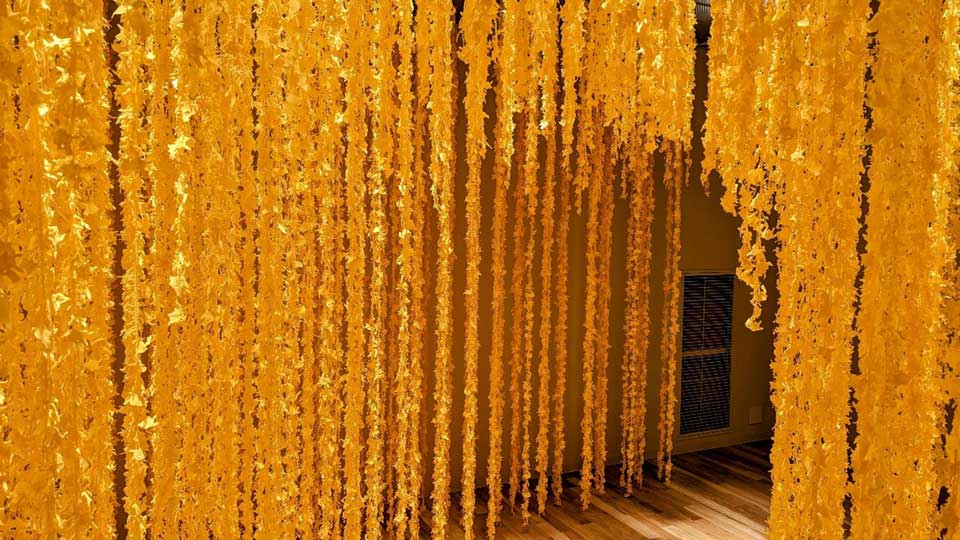
Sudo's designs include ferns, vines, fronds, mushrooms and flowers. She started with line drawings that she turned into decorative paper cuttings. She then gets a factory to machine-thread these to a fabric made from lime, rinse them and form them into 900 ribbons.
Engraver Yoshida Taiichiro used gold and silver plating to create a version of Jolteon, a character that evolves from Eevee, and traditional scarlet copper to produce Flareon.
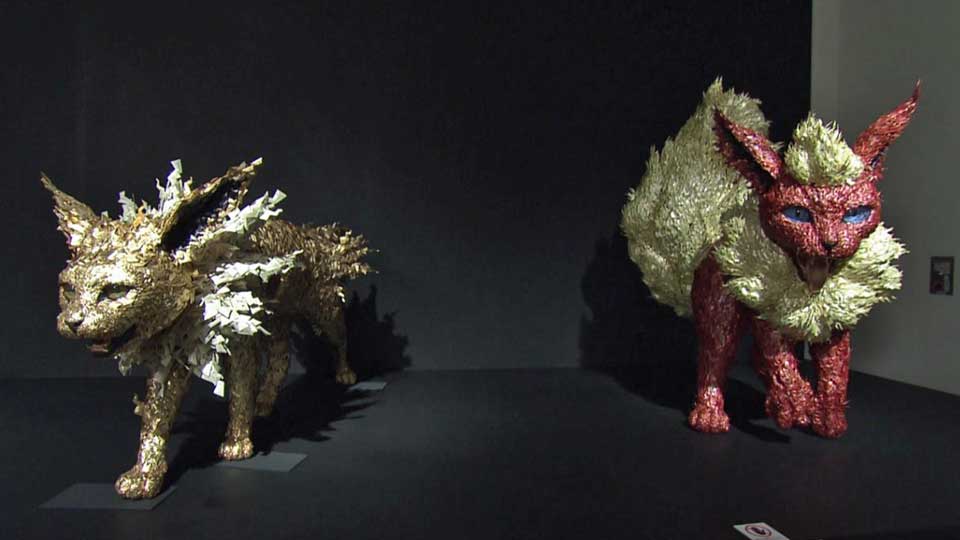
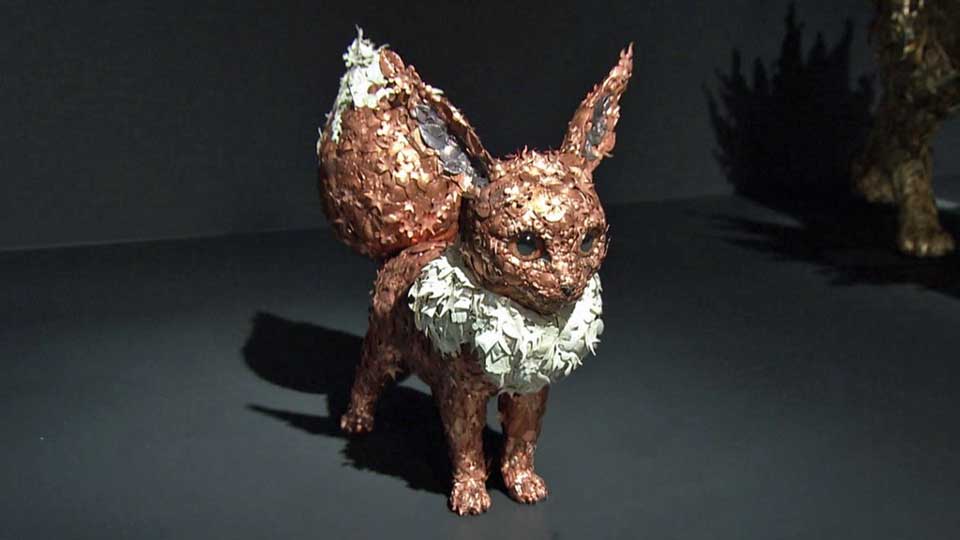
Ceramic artist Imai Sadamasa uses the character Fushigibana as his theme. He crafted a skin that looks reptilian for a powerful finish.
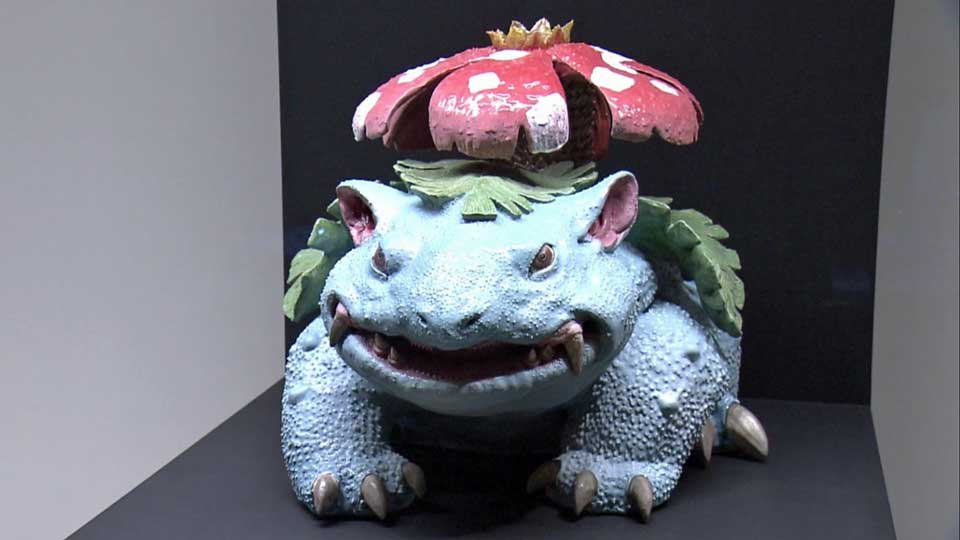
It's not just the characters that are featured; some works represent the game skills used in Pokémon. Glass artist Niimi Hiroki took on the challenge of expressing a technique called Icicle Crash.
This move involves an icicle-shaped mass falling from the sky and causing damage to the opponent. Despite the tremendous weight, pointed shape and hard edges, the final work possesses a certain delicateness.
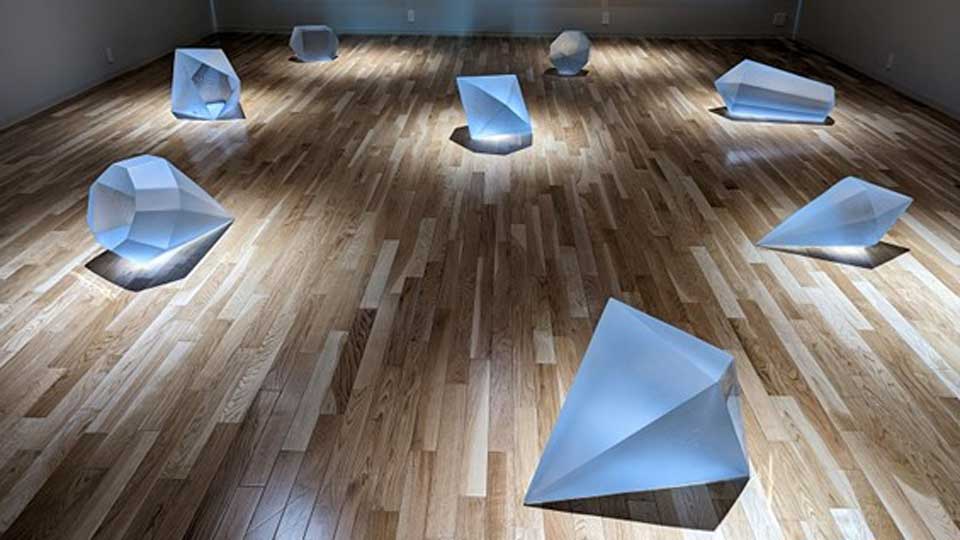
Inevitable encounter
The idea of the craft exhibition was proposed by Tanaka Masami, from the company that produces Pokémon, which this year marks its 27th anniversary. Tanaka wanted to focus on crafts that persist in changing times.
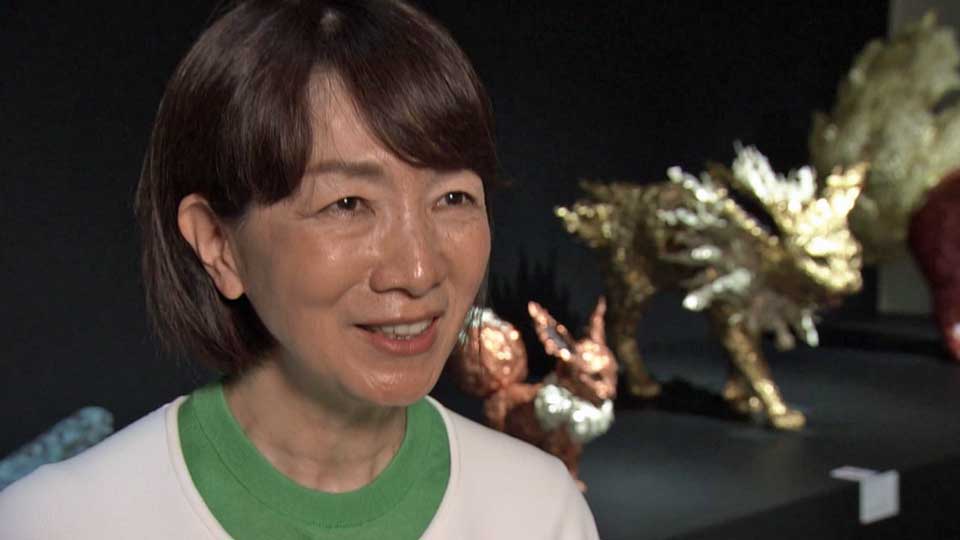
"There are many different types of Japanese crafts and wonderful skills, and if I can work with them, it will be a treasure that will last forever," says Tanaka.
Living National Treasure
A master of metalwork took up the offer to participate in order to help people get to know his craft through Pokémon.
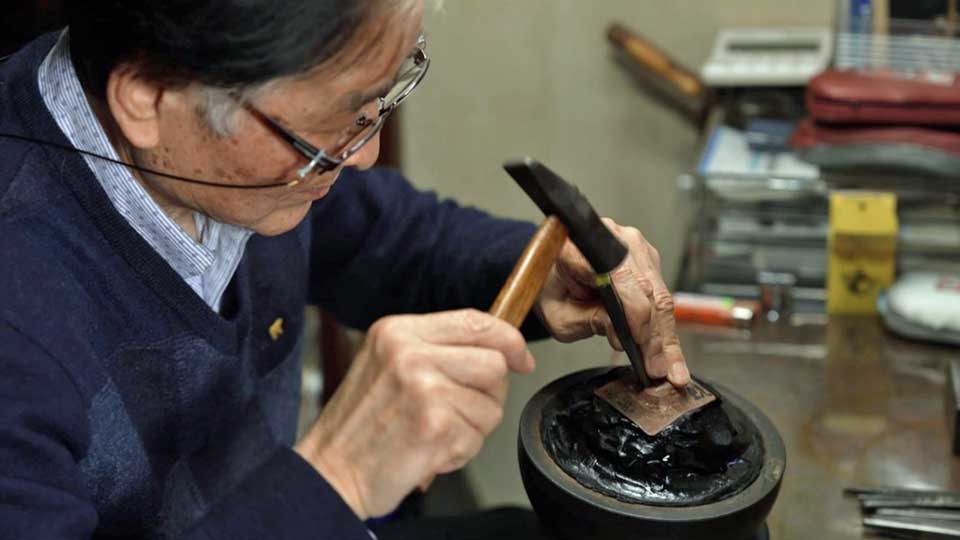
Living National Treasure Katsura Morihito produced works featuring the Umbreon character from the game.
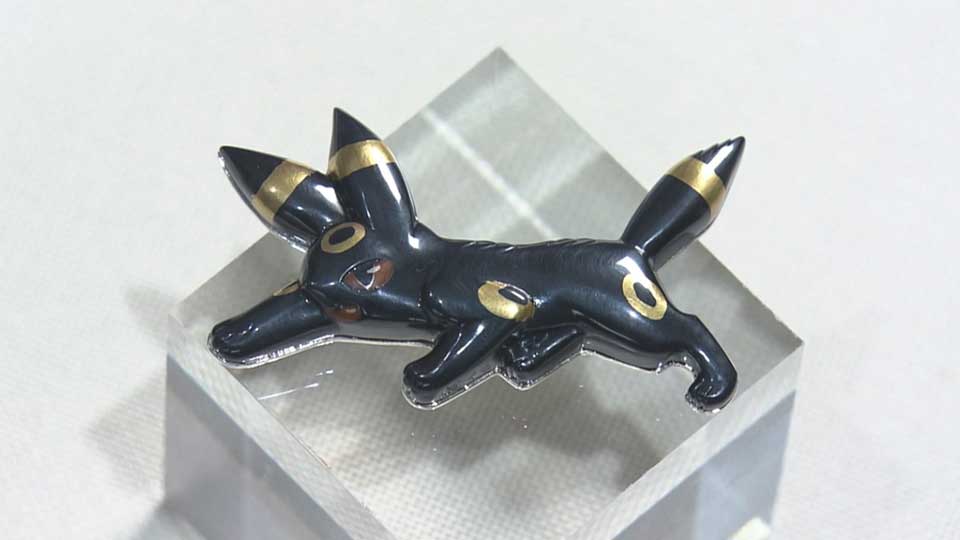

Katsura, recognized as an Important Intangible Cultural Property holder in metal engraving, uses a tool called a "tagane" to process metal.
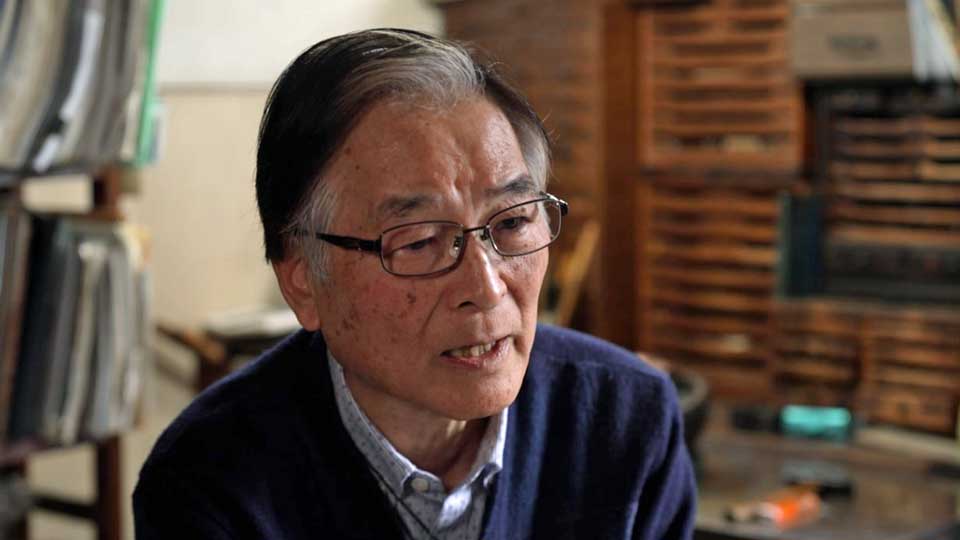
"Initially, everything that people used in their homes was crafted," Katsura says. "Nowadays, it has come to be something that is very out of the reach of the general public. I'm looking forward to how people will see my work, but at the same time, I'm also a little scared."
Sharing the charm of Japanese crafts
The museum has prepared multilingual commentary to deliver explanations in English, Chinese, and Korean, as well as Japanese. Visitors can access the different languages via a QR code.
Karasawa Masahiro, Director of the National Crafts Museum, described his goal for the exhibition. "Through Pokémon, which is known around the world, I hope that many people can feel the greatness and depth of Japanese crafts," he says.
The exhibition is open until June 11.
